Exploring the World of Bread: A Journey from India to the UK and Beyond
As Vaisakhi comes around again. This year we are looking at bread. Bread is one of the oldest prepared foods, dating back thousands of years to the beginning of agriculture. Across the globe, it takes on countless forms, flavours, and textures, reflecting the region’s culture, ingredients, and culinary practices.
Vaisakhi brings Langer which is a Indian tradition of providing food. The food is always vegan or vegetarian. From the kitchen of the Gurudwara, and cooked by volunteers food is provided free of charge and to anyone from all walks of life and all cultures. The staple of the langer meal includes bread.
We’ll explore the diverse types of bread from around the world, with a special focus on Indian breads and a comparison to UK breads.
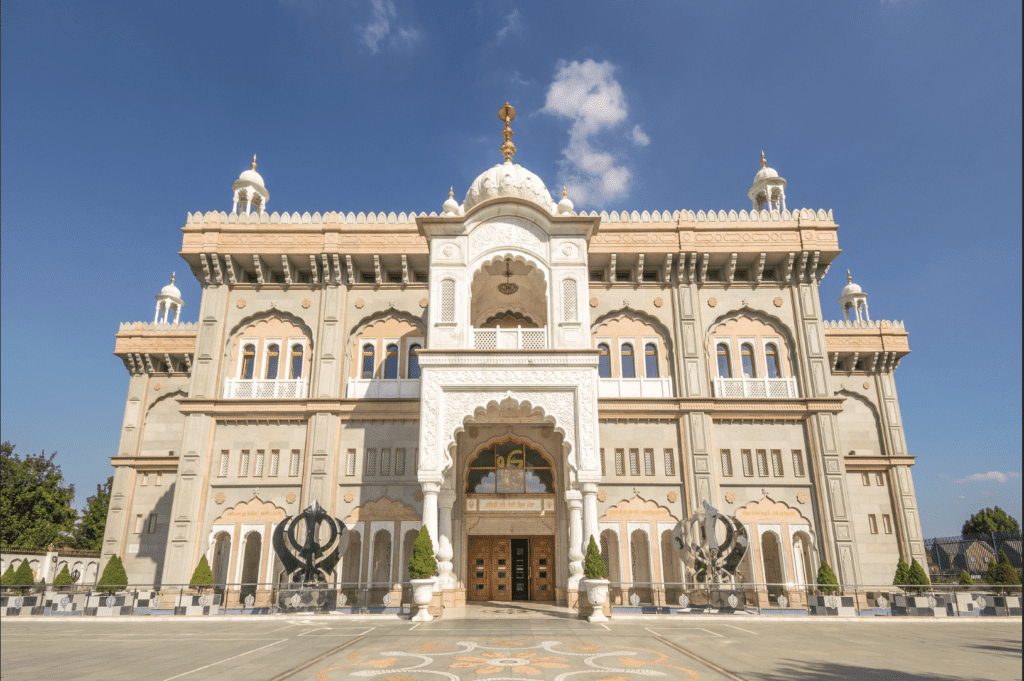
The Guru Nanak Darbar Gurdwara is architecturally stunning and one of the largest Sikh Gurdwaras in Europe. Karara foods are proud to be in the same county as this Gurdwara
A Glimpse into Indian Breads
India is known for its rich and diverse culinary landscape, and its breads are no exception. Indian bread varies significantly from region to region, each with its own unique preparation methods and ingredients. Here are some of the most popular types of Indian bread:


1. ROTI/CHAPATI:
Made from whole wheat flour (atta) and cooked on a hot griddle (tawa), roti and chapati are staple flatbreads in many Indian households. They are usually served with vegetables, lentils, or meat dishes some enjoy simply with yogurt, pickles/chutneys.
Wraps are the modern version of taking Roti/Chapatis filled with Spiced sautéed potatoes and other stuffings, etc. called RoliPolies
2. Naan:
This leavened flatbread is traditionally cooked in a tandoor (clay oven). Naan is soft and fluffy, often topped with garlic or butter and stuffed with fillings like cheese or minced meat. It’s a popular choice for accompanying rich curries.
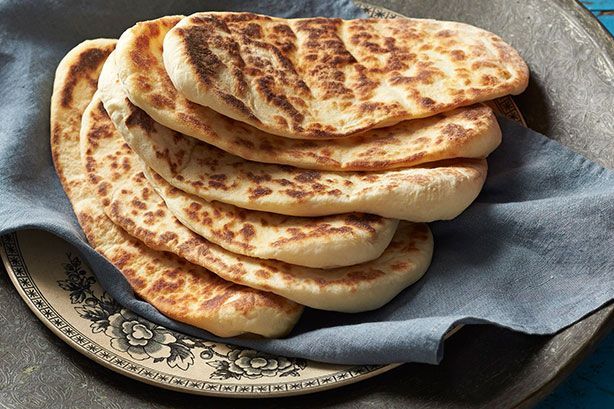
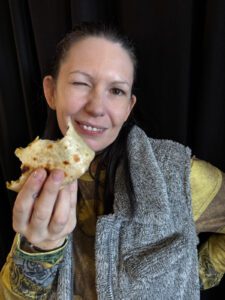
3. Paratha:
A flaky, layered bread that can be stuffed with various fillings, such as potatoes, cauliflower, or paneer. Parathas are often fried in ghee (clarified butter) for added flavour and richness.
4. Poori:
These deep-fried, puffed breads made from whole wheat flour are often served with curries or sweet dishes. Pooris are a festive treat and are especially popular during celebrations.


5. Bhakri:
A thicker and denser whole-wheat bread, commonly found in Maharashtra and Gujarat. Bhakri is often cooked over an open flame and pairs beautifully with spicy chutneys and curries.
There are people in the world so hungry that God cannot appear to them except in the form of bread
A Taste of English Breads
In contrast to Indian bread, UK bread is predominantly made from wheat and tends to be softer with a variety of textures. Here are some classic examples:
1. White Bread:
The most common type, made from refined flour, white bread is often soft and fluffy. It’s the basis for sandwiches and toast.

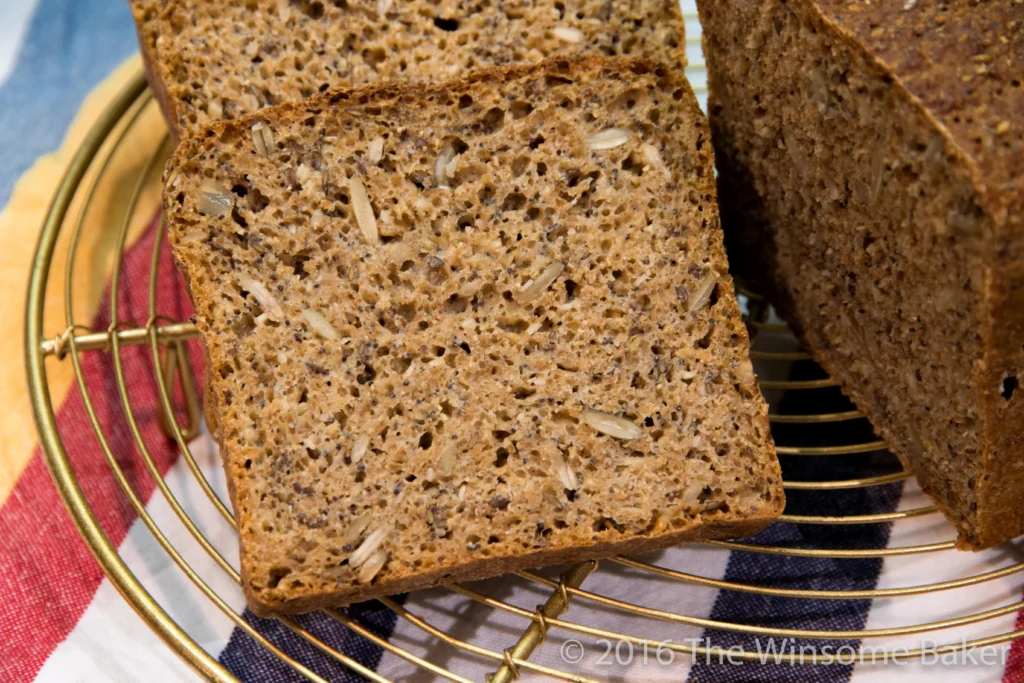
2. Wholemeal Bread:
Made from whole grain wheat, wholemeal bread is denser and offers a richer flavour and higher nutritional value compared to white bread.
3. Sourdough:
Known for its tangy flavour, sourdough is made through a natural fermentation process that gives it a chewy crust and airy interior.
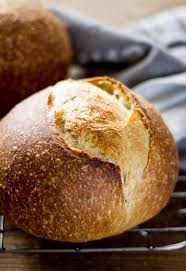
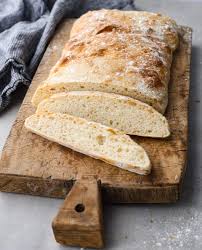
4. Ciabatta:
An Italian-style bread that has become popular in the UK, ciabatta is characterised by its rustic appearance, crispy crust, and open crumb structure.
5. Fruit Loaf:
A sweet bread made with dried fruits and spices, often enjoyed toasted with butter for breakfast or snack time.
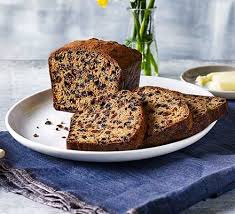
Comparing Indian and UK Breads
While both Indian and UK breads serve as essential staples in their respective cuisines, the differences are quite evident.
Texture and Preparation:
Indian breads are predominantly unleavened, focusing on flatbreads like roti and naan, whereas UK breads are often leavened, resulting in soft, fluffy loaves. The preparation methods differ significantly: Indian breads are frequently cooked on open flames or tandoors, while UK breads are baked in ovens.
Ingredients:
Noir Both regions use wheat as a primary ingredient, but Indian breads use a greater variety of flours, including millet and chickpea flour. Additionally, Indian breads often incorporate spices and herbs for added flavour, while UK breads lean towards sweeteners and fruits.
Cultural Significance:
Breads in Indian cuisine are often woven into the fabric of daily life, served with almost every meal, including communal feasts. In contrast, UK breads are typically associated with breakfast, sandwiches, or tea time, serving a more snack-oriented function.
Exploring Breads Around the World
India is known for its rich and diverse culinary landscape, and its breads are no exception. Indian bread varies significantly from region to region, each with its own unique preparation methods and ingredients. Here are some of the most popular types of Indian bread:
Apart from Indian and UK breads, the world is home to a plethora of unique breads, each telling a story of its culture:
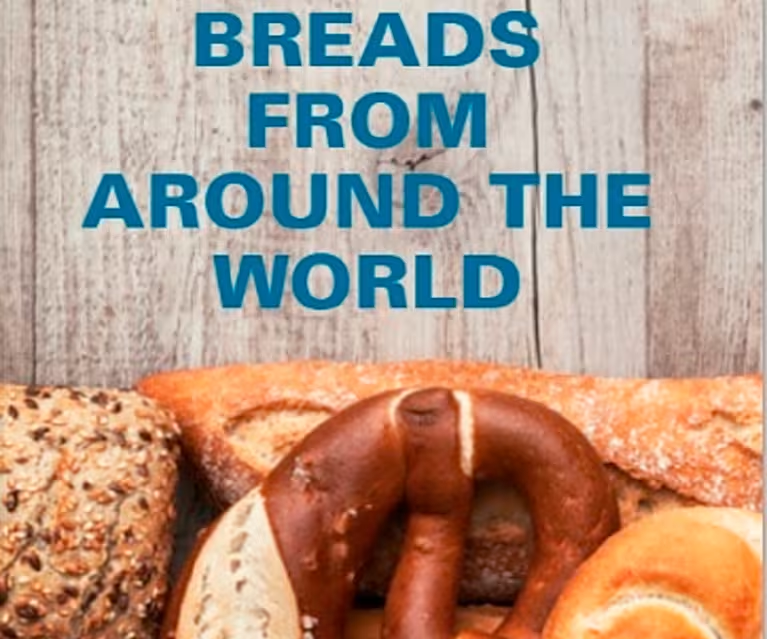
French Baguette
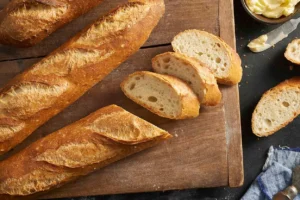
Known for its thin crust and airy interior, this long loaf is a staple in French cuisine, often enjoyed with cheese or as a sandwich.
Pita Bread (Middle Eastern)
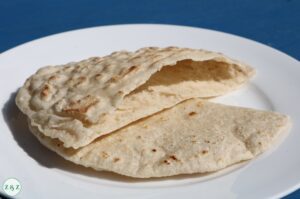
A round flatbread that puffs up during baking, creating a pocket for fillings like falafel or grilled meats.
Tortilla (Mexican)
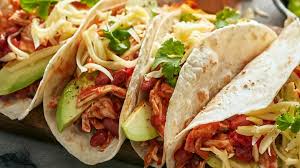
A thin flatbread made from corn or wheat flour, used as a wrap for tacos and burritos.
Focaccia (Italian)
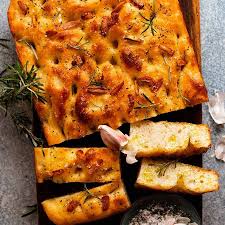
This Italian flatbread is known for its soft, fluffy texture and is often seasoned with olive oil, herbs, and salt. It makes a wonderful accompaniment to soups and salads, or can be enjoyed as a standalone snack. Focaccia is sometimes topped with vegetables, cheeses, or cured meats before baking, making it a versatile option for any meal.
Injera (Ethiopian)

Made from teff flour, injera is a sourdough flatbread with a spongy texture that is used as both a plate and utensil in Ethiopian cuisine. It has a distinct tangy flavour and is typically topped with various stews and salads, which diners scoop up pieces of injera with.
Mantou (Chinese)
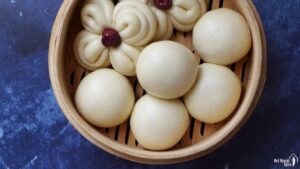
These steamed buns are soft and fluffy, made from wheat flour and water. Mantou can be enjoyed plain or filled with sweet or savoury fillings, making them a popular choice for breakfast or in dim sum.
Bagel (Jewish):
A dense, chewy bread that is boiled before baking, giving it a unique texture. Bagels are often topped with sesame or poppy seeds and can be served with cream cheese and various toppings, making them a beloved breakfast food in many cultures.
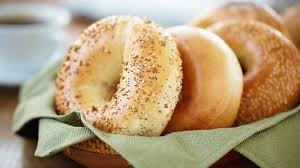
The Role of Bread in Culture
Bread plays a critical role in many cultures around the world, serving as a symbol of sustenance and community. In India, for instance, eating bread often signifies togetherness, as families gather around the table to share a meal. Similar sentiments can be felt in the UK, where bread has been a staple of family meals for generations, with many households using it as the foundation for their culinary traditions.
In some cultures, bread-making techniques are passed down through generations, using cherished family recipes and traditional techniques. This cultural significance adds to the enjoyment of bread, as it connects present generations with their ancestors.
Celebrating Bread Diversity
As we take a moment to appreciate the variety of breads from India, the UK, and around the world, it’s clear that each type holds a unique place in the hearts and kitchens of its people. Whether you prefer the spicy and robust flavours of Indian breads, the soft and comforting varieties found in the UK, or the myriad other breads found across the globe, bread remains a universal language of love, tradition, and creativity.
So the next time you tear off a piece of naan, slather some butter on a warm slice of sourdough, or enjoy a crispy baguette, take a moment to think about the rich history and cultural significance behind each bite. Bread is not just food; it is a bridge that connects us to our heritage and to one another, reminding us of the multitude of flavours and experiences that make our world deliciously diverse.
